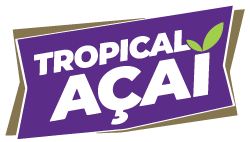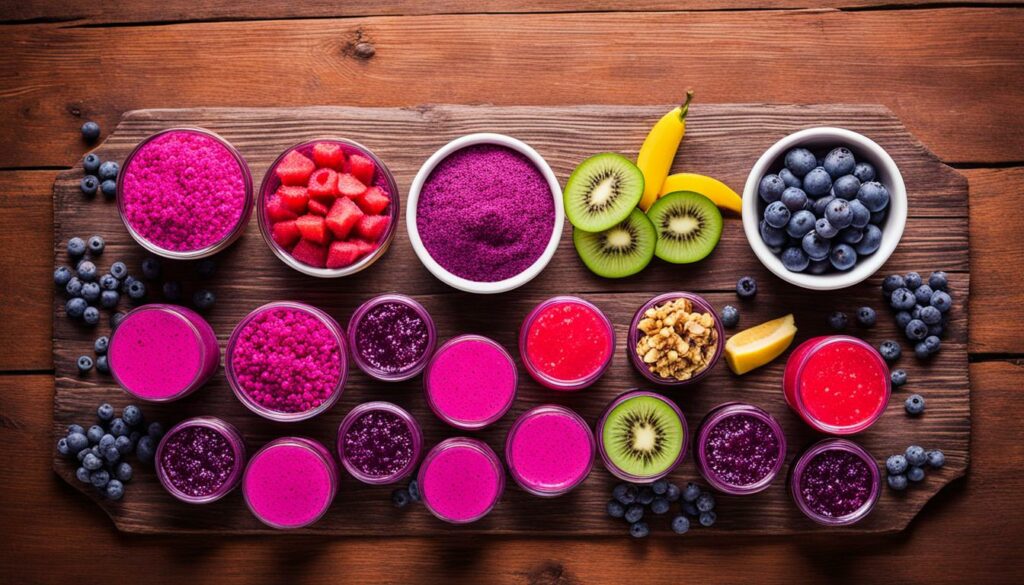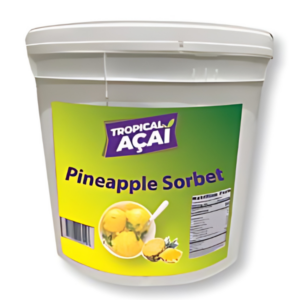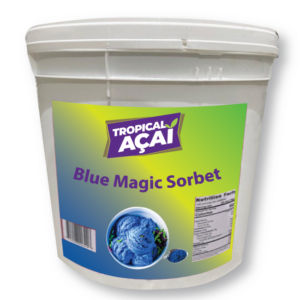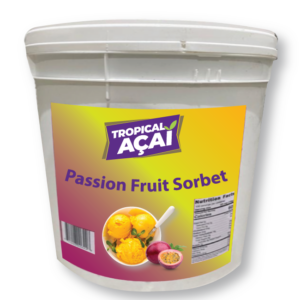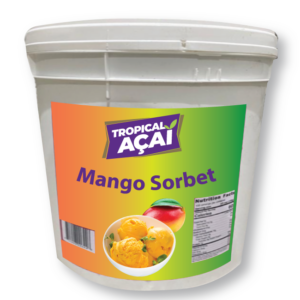Did you know that acai and pitaya, two popular superfoods, are taking the breakfast scene by storm? These nutrient-dense fruits have gained immense popularity and are a top choice for health-conscious individuals looking for a delicious and wholesome start to their day. Your store must offer acai and pitaya options to meet the growing demand. Let’s explore why these fruity powerhouses should be on your shelves.
Key Takeaways:
- Both acai and Pitaya are nutrient-dense breakfast options that offer unique health benefits.
- Acai is high in antioxidants, fiber, and healthy fats, while Pitaya is low in calories and vitamin C.
- Including acai and Pitaya in your store provides customers with various nutritional choices.
- Both fruits are considered superfoods and can contribute to improved overall health.
- Acai and Pitaya can be used as bases for smoothie bowls, offering customers versatility in taste and texture.
The Nutritional Values of Acai and Pitaya
Acai and Pitaya are two fruits offering unique nutritional profiles, each with health benefits. Understanding the dietary values of acai and Pitaya can help you make informed choices about incorporating these fruits into your diet.
Acai is a dark purple berry that grows in the Amazon rainforest. It is known for its rich antioxidant content, which helps fight against harmful free radicals in the body. Acai is also high in fiber, promoting digestive health, and contains healthy fats that benefit general health.
Pitaya, also known as dragon fruit, is a vibrant tropical fruit with a unique appearance. It is low in calories and rich in essential nutrients. Pitaya is an excellent source of vitamin C, which supports a healthy immune system. It also provides calcium and iron for strong bones and oxygen transportation in the body.
Comparing the nutritional values of acai and Pitaya:
| Nutrient | Acai (per 100g) | Pitaya (per 100g) |
|---|---|---|
| Calories | 70 | 60 |
| Fat (g) | 5 | 0.4 |
| Carbohydrates (g) | 4 | 13 |
| Fiber (g) | 2 | 3 |
| Sugar (g) | 2 | 9 |
| Protein (g) | 1 | 1 |
As you can see from the table, acai and Pitaya have distinct nutritional values. While acai is higher in fat and fiber, Pitaya provides more carbohydrates and sugar. Both fruits offer valuable health benefits and can be incorporated into your diet based on your nutritional needs and preferences.
Acai Nutrition Profile
Acai berries are a nutritional powerhouse. These small, purple berries pack a punch of essential nutrients and offer numerous health benefits. Let’s delve into the nutritional profile of acai and uncover why it’s worth adding to your diet.
| Nutrient | Amount per 100g |
|---|---|
| Calories | 70 |
| Total Fat | 5g |
| Carbohydrates | 4g |
| Fiber | 2g |
| Sugar | 2g |
| Protein | 1g |
A 100-gram serving of acai berries contains 70 calories, 5 grams of fat, 4 grams of carbohydrates, 2 grams of fiber, 2 grams of sugar, and 1 gram of protein. These nutritional values make it a low-calorie and nutrient-dense food option.
Acai berries are particularly rich in vitamins and minerals that promote overall well-being. Here are some essential nutrients found in acai:
- Vitamin A
- Calcium
- Iron
- Vitamin C
These vitamins and minerals contribute to acai berries’ antioxidant properties, helping fight inflammation and protect against chronic diseases.
Acai is known for its high antioxidant content. Antioxidants are crucial in neutralizing harmful free radicals in the body, reducing oxidative stress, and supporting overall health.
To get a visual representation of the nutritional values of acai, take a look at the table below:
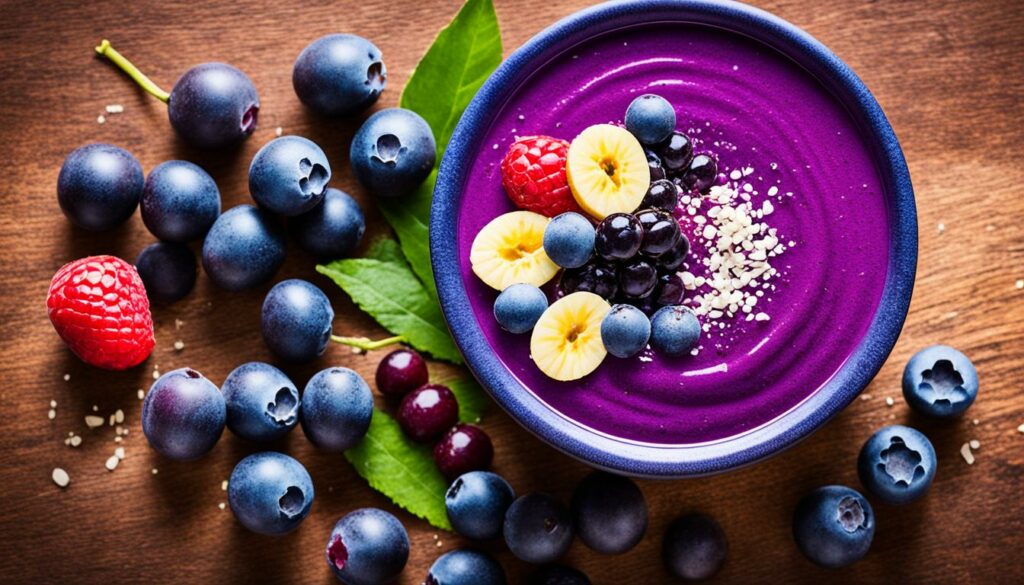
Quoting Nutritionist Sarah Thompson:
“Acai berries are a nutritional powerhouse. With their low calorie count, high amounts of vitamins and minerals, and impressive antioxidant content, they truly offer a range of health benefits. Incorporating acai into your diet can help boost your overall well-being.
Now that we’ve explored the nutritional profile of acai berries, it’s time to turn our attention to Pitaya and compare the benefits of the two fruits. Let’s dive into the next section to discover the nutritional wonders of Pitaya.
Pitaya Nutrition Profile
When it comes to Pitaya, also known as dragon fruit, you can delight in its nutritional benefits while satisfying your taste buds. A 100-gram serving of Pitaya packs a punch with 60 calories, making it a low-calorie option for those looking to maintain a balanced diet. With only 0.4 grams of fat, Pitaya is light on the waistline, making it an ideal choice for weight management.
For those seeking a fiber-rich diet, look no further than Pitaya. With 3 grams of fiber per serving, Pitaya supports healthy digestion and keeps you feeling fuller for longer. Additionally, the 13 grams of carbohydrates and 9 grams of natural sugar found in Pitaya provide a quick burst of energy to keep you fueled throughout the day.
One of Pitaya’s standout nutritional benefits is its high vitamin C content. A 100-gram serving provides a substantial amount of this essential vitamin, which supports a robust immune system and promotes collagen production for healthy skin.
Pitaya also offers small amounts of other vitamins and minerals to enhance your overall well-being further. It contains vitamin A, which maintains healthy vision, calcium for strong bones and teeth, and iron for oxygen transport.
Summary of Pitaya Nutrition
Here’s a summary of the nutrition profile of Pitaya:
| Nutrient | Amount per 100g |
|---|---|
| Calories | 60 |
| Fat | 0.4g |
| Carbohydrates | 13g |
| Fiber | 3g |
| Sugar | 9g |
| Protein | 1g |
| Vitamin C | High |
| Vitamin A | Small amounts |
| Calcium | Small amounts |
| Iron | Small amounts |
With its delightful taste and impressive nutritional composition, Pitaya is a fantastic addition to your store’s offerings. Whether enjoyed on its own, added to smoothies, or incorporated into colorful salads, Pitaya is sure to captivate the palates of health-conscious customers.
Acai and Pitaya as Superfoods
Both acai and Pitaya are recognized as superfoods due to their exceptional nutritional profiles and health benefits. These fruits contain essential vitamins, minerals, and antioxidants that promote well-being.
Acai berries are known for their deep purple color, indicating their high anthocyanin content. Anthocyanins are potent antioxidants that help protect the body against oxidative stress and inflammation.
Pitaya, also known as dragon fruit, contains betalains, another group of antioxidants that contribute to its vibrant pink color. Betalains have been shown to reduce the risk of chronic diseases and have anti-inflammatory properties.
By offering acai and pitaya options in your store, you will provide customers with a wide range of superfoods that promote health and vitality.
| Acai | Pitaya |
|---|---|
| High in antioxidants | Contains betalains |
| Rich in anthocyanins | Helps reduce oxidative stress |
| Supports general health | Anti-inflammatory properties |
| Improves immune system | Contributes to vibrant skin |
Including these superfoods in your store’s offerings allows customers to enjoy the unique benefits of both acai and Pitaya. Whether they’re looking to boost their antioxidant intake, enhance their general health, or support their overall wellness, acai and Pitaya are the perfect additions to any health-conscious diet.
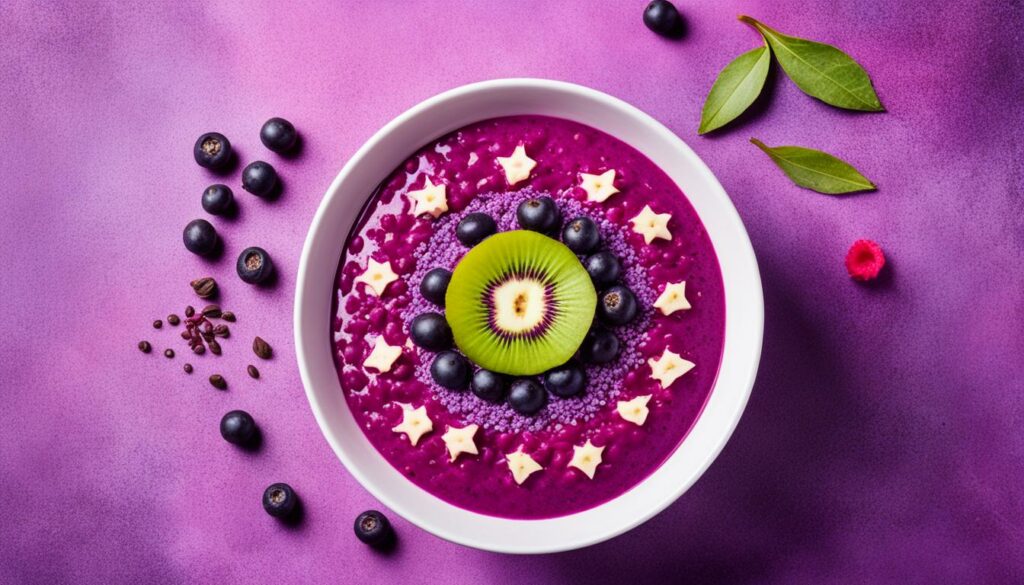
Acai and Pitaya in Smoothie Bowls
Acai and Pitaya are delicious and make fantastic bases for smoothie bowls. These vibrant and nutrient-packed bowls have become a refreshing and healthy breakfast option. You provide customers with various flavors and toppings by offering acai and pitaya smoothie bowls in your store.
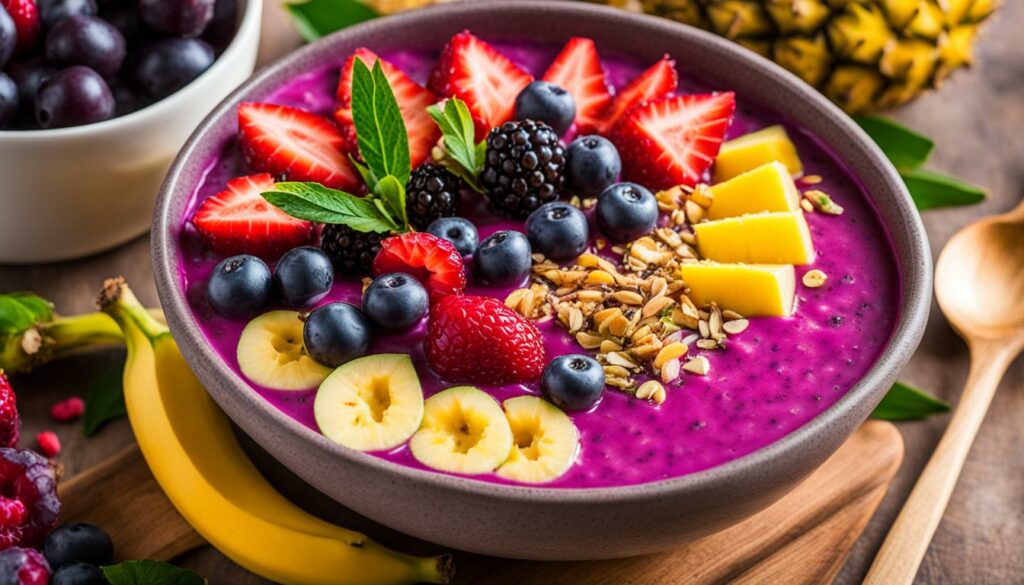
The critical ingredient for acai bowls is the acai berry, typically blended with banana and other fruits to create a thick and creamy texture. The natural sweetness of the fruits enhances the flavor profile of the bowl. On the other hand, pitaya bowls blend Pitaya (also known as dragon fruit) with banana, resulting in a vibrant pink color and a refreshing taste.
To make the experience even more delightful, customers can personalize their bowls with various toppings. Common choices include granola, nuts, coconut flakes, and fresh fruits. These toppings add texture, crunch, and extra flavor to the bowl, making each bite a satisfying and well-rounded experience.
You cater to different preferences and dietary needs by offering acai and pitaya bowls. Some customers may prefer acai’s rich, berry-like flavor, while others may crave Pitaya’s tropical and refreshing taste. Additionally, acai and Pitaya are known for their antioxidant properties, fiber content, and various vitamins and minerals, allowing customers to enjoy the nutritional benefits of both fruits.
The following table highlights the key features of acai and Pitaya in smoothie bowls:
| Acai Bowls | Pitaya Bowls |
|---|---|
| Blend of acai berry and banana | A blend of Pitaya (dragon fruit) and banana |
| Thick and creamy texture | Refreshing and light texture |
| Rich, berry-like flavor | Tropical and slightly sweet taste |
| Various topping options: granola, nuts, coconut flakes, fresh fruits | Various topping options: granola, nuts, coconut flakes, fresh fruits |
Having acai and pitaya smoothie bowls on your menu is a great way to attract customers looking for a healthy and satisfying breakfast. The bowls’ combination of flavors, textures, and colors will impress and keep your customers returning for more.
Flavor and Uses of Acai and Pitaya
Acai and Pitaya offer distinct flavors and textures, making them versatile ingredients in various dishes. Understanding their unique profiles can help you create delicious and creative recipes that cater to different tastes.
Acai Flavor and Uses
Acai has a slightly tart, berry-like flavor often described as a combination of blackberries and unsweetened chocolate. Its creamy texture adds richness to dishes, making it an excellent addition to smoothies, bowls, and desserts.
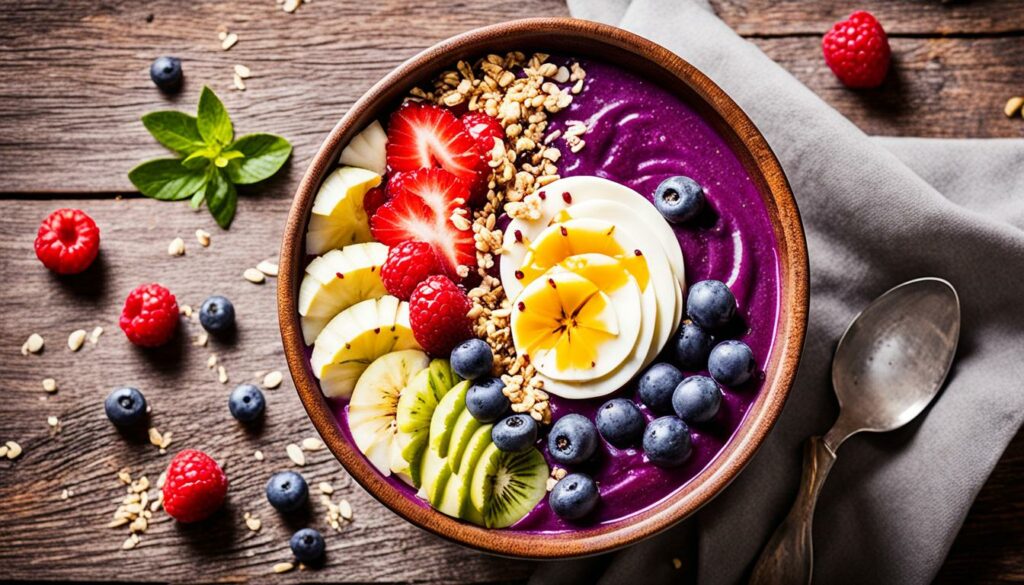
If you’re looking for a refreshing and indulgent treat, try blending acai with frozen bananas and a splash of almond milk. The result is a thick and creamy acai smoothie that you can top with fresh fruits and granola for added crunch.
Pitaya Flavor and Uses
Pitaya, also known as dragon fruit, has a mild, slightly sweet taste with a subtle tropical undertone. Its refreshing texture is reminiscent of a cross between kiwi and pear. These characteristics make Pitaya popular in smoothies, bowls, and salads.

For a vibrant and refreshing smoothie, blend pitaya with coconut water, pineapple, and lime juice. The result is a vibrant pink smoothie with a tropical twist that will transport you to a sunny paradise.
Using Acai and Pitaya Together
By combining the unique flavors of acai and Pitaya, you can create an exciting and flavorful fusion. Consider blending acai and Pitaya for a multi-colored smoothie bowl with a delightful blend of flavors and textures. Top it with your favorite toppings like fresh fruits, seeds, and nuts for added variety and crunch.
Health Benefits of Acai and Pitaya
Acai and Pitaya are bursting with health benefits, making them excellent options to include in your diet. Let’s explore the unique advantages of both fruits:
Acai Health Benefits
Acai is packed with antioxidants, which help combat inflammation, protect against chronic diseases, and promote general health. Its nutrient profile offers a range of benefits, including:
- Improved general health: Acai’s high antioxidant content supports a healthy cardiovascular system.
- Inflammation Reduction: The antioxidants in acai help fight inflammation and lower the risk of inflammatory diseases.
- Vitamin Boost: Acai is a good source of vitamins A and C, essential for immune function and overall health.
Pitaya Health Benefits
Pitaya is a fiber and vitamin C powerhouse known for its positive effects on digestion, the immune system, and general health. The health benefits of Pitaya include:
- Digestive Support: Pitaya’s high fiber content aids digestion and promotes healthy bowel movements.
- Immune Boost: The abundant vitamin C in Pitaya strengthens the immune system, helping fight illnesses.
- general health: Pitaya’s combination of fiber and antioxidants contributes to maintaining a good health.
By offering acai and pitaya options, you allow your customers to enjoy various health benefits and cater to their nutritional needs.
Making Acai and Pitaya Bowls
Both acai and pitaya bowls are a delicious and nutritious way to start your day. These colorful and flavorful bowls can be easily prepared in your kitchen with simple ingredients. Here’s how you can make your own acai and pitaya bowls:
1. Acai Bowl Recipe
To make an acai bowl, you will need:
- One frozen acai packet
- One ripe banana
- 1/2 cup of frozen mixed berries
- 1/4 cup of almond milk
Blend the frozen acai packet, banana, mixed berries, and almond milk until smooth. Pour the mixture into a bowl.
Top your acai bowl with your favorite toppings, such as granola, sliced fruit, coconut flakes, and a drizzle of honey. Enjoy!
2. Pitaya Bowl Recipe
To make a pitaya bowl, you will need:
- One ripe Pitaya (dragon fruit)
- One frozen banana
- 1/2 cup of frozen pineapple chunks
- 1/4 cup of coconut water
Blend the ripe Pitaya, frozen banana, pineapple chunks, and coconut water until smooth. Transfer the mixture to a bowl.
Add your favorite toppings to the pitaya bowl, such as granola, chia seeds, sliced almonds, and a sprinkle of cinnamon. Serve and enjoy!
Making acai and pitaya bowls is a fun culinary experience and a great way to incorporate these nutritious fruits into your diet. Experiment with different combinations of fruits and toppings to create your unique bowl creations. Whether you prefer the rich and decadent taste of acai or Pitaya’s refreshing sweetness, these bowls will satisfy your taste buds and boost energy to start your day.
Conclusion
By offering acai and pitaya options in your store, you give your customers a wide range of nutritious and delicious choices. Both acai and Pitaya have unique nutritional profiles and health benefits, making them highly sought-after additions to a health-conscious diet.
Acai, with its high antioxidant content, helps fight inflammation, protect against chronic diseases, and improve general health. On the other hand, Pitaya is packed with fiber and vitamin C, supporting digestion, boosting the immune system, and promoting general health.
Don’t miss out on this growing trend! You must stock acai and pitaya products in your store to meet your customers’ demands and provide them with the best options. This way, you ensure your customers can access various nutritious and tasty choices that cater to their well-being. Embrace the power of acai and Pitaya, and watch your store thrive!
